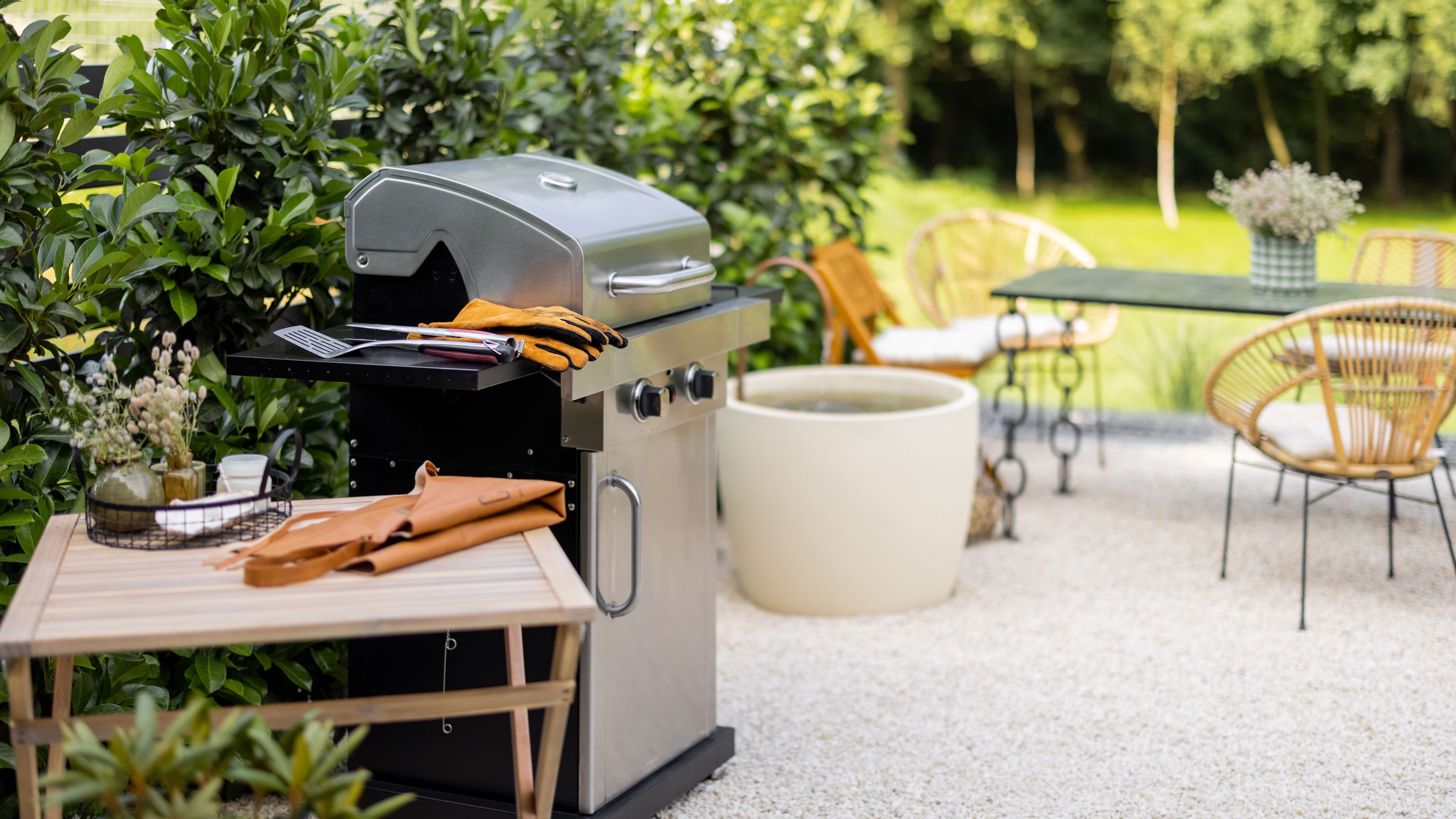

Anna K. Cottrell
Knowing how to BBQ right is one of life's great skills. Whose soul doesn't leap at that smoky scent of food sizzling on the grill as your family, friends, and neighbors gather around on a beautiful summer afternoon?
However, even if you are the proud owner of the best BBQ money can buy, you still will need to spend some time learning to use it correctly. And if at first you don't succeed, try and try again, as the saying goes. You will be rewarded for your patience. This guide will help you figure out where to get started – and where you may go wrong, to begin with.
How to barbecue right: experts say it is all about temperature
If you're not sure how to barbecue correctly and don't know where to start, Eudell Watts, of Old Arthur's Barbecue Sauce & Rubs, recommends you master getting your barbecue to the right temperature for what you're cooking – and making it stay at that temperature for the right amount of time. Just nailing the temperature will give you infinitely better results with your barbecuing attempts. Watts told us:
'Producing a satisfying barbecue at home begins with knowing your equipment and how to regulate your fire to achieve the desired temperature that you want to cook at.
If you are grilling a steak, do you know how to get your grill to 500 degrees farenheit (260 celsius) and have it hold there without going much hotter? If you are barbecuing a cut-up chicken, can you get your grill to hold at 275 (135 degrees celsius) or so for a couple of hours?
If your answer to this type of question is a fretful 'no', don't despair. 'There is a wealth of great instructional videos and blogs online that can help you identify the right cooking temperature, length of time, and internal temperature target for the meat that you will be barbecuing.'
See more on grilling different food below, but first, we need to know what type of barbecue you are dealing with.
How to choose the right type of grill for your cooking style
Whether you're buying a barbecue for the first time or are looking for a new one, there are a few things to consider to make sure you pick one that suits your cooking needs. After all, knowing how to BBQ right depends on you having the right kit for the job to start.
Here are some things to consider:
Quality and price
If you barbecue regularly, it's worth spending a little more to buy a durable grill with a decent warranty.
Size
Barbecues are a classic party theme, so if you're going to be cooking for a crowd (more on that below), consider a larger model than one that could cope with the needs of your immediate family. Bear in mind that storage during winter months could be an issue, especially if you don't want it left outside – if covered up – year round. How much space do you have in the shed from October to spring, for example?
As a guide, for cooking for up to four people, you'll need a cooking area up to 30 inches wide; for up to six people to eight people choose one around 36 inches; and if you regularly cater for masses 42 inches is a must but you can get grills as wide as 50 inches or more.
Burners
Closely related to the size of your gas BBQ, the number of burners you have will give you greater flexibility. Ideally, each burner should be easily and individually controlled for different cooking levels.
Portability
Like to take your BBQ camping with you? It'll need to fold down neatly. Want to drag it (safely) down the garden when you're done cooking? Wheels are a handy option.
Grill materials
- For easy maintenance and cleaning, choose stainless steel.
- Cast iron is a popular choice, but you do need to oil the grill before and after use to avoid rusting.
- Choose porcelain-coated grills for easy cleaning and low maintenance but be aware that these tend to be on higher-end models only.
- Chrome-plated grills need careful cleaning after use.
- Look out for grills with flavorizer bars; these will give your food an extra kick in the taste department.
Barbecue lids
Useful for roasting, handy for sheltering your food from the breeze, lids and hoods need to be easy to maneuver so that you can get the best from your grill. Look for models with built-in thermometers.
Smokers
These offer a different cooking style altogether, but are very popular if you like to cook a big joint of flavor-filled meat.
Griddles
An optional extra with larger or higher end BBQs, a griddle can be used to keep food warm, to cook smaller items that might fall through the grills and for frying, just like you would in a pan.
Charcoal BBQ, gas BBQ or hybrid BBQ?
Choosing between a charcoal barbecue, a gas barbecue or even a hybrid grill comes down to more than just taste. And despite what expert barbecue cooks say, one isn’t necessarily better than the other – there are pros and cons for each.
In short, charcoal will give you an affordable option and you really can't beat the taste of food cooked over coal or wood. You also get more portable charcoal grills and they can reach much higher cooking temperatures. However, that temperature is harder to regulate and they are trickier to light and take longer to come to heat than gas. They are also smokier.
Gas is instantaneous, easy to use and generally a gas grill is easier to clean. You will get a much more controlled cook and should be ready to cook on your gas barbecue in about 15 minutes after lighting. With the convenience comes the higher initial cost of a gas grill (which can often be twice the price) and the need to buy gas.
A combo grill is a hybrid of both (or sometimes a hybrid of gas and a smoker). There are, however, more combo options. A hybrid infrared gas grill is a gas grill; on one side you get traditional convection burners, and on the other an infrared burner. On this infrared burner, you can cook foods at lower temperatures as well as high.
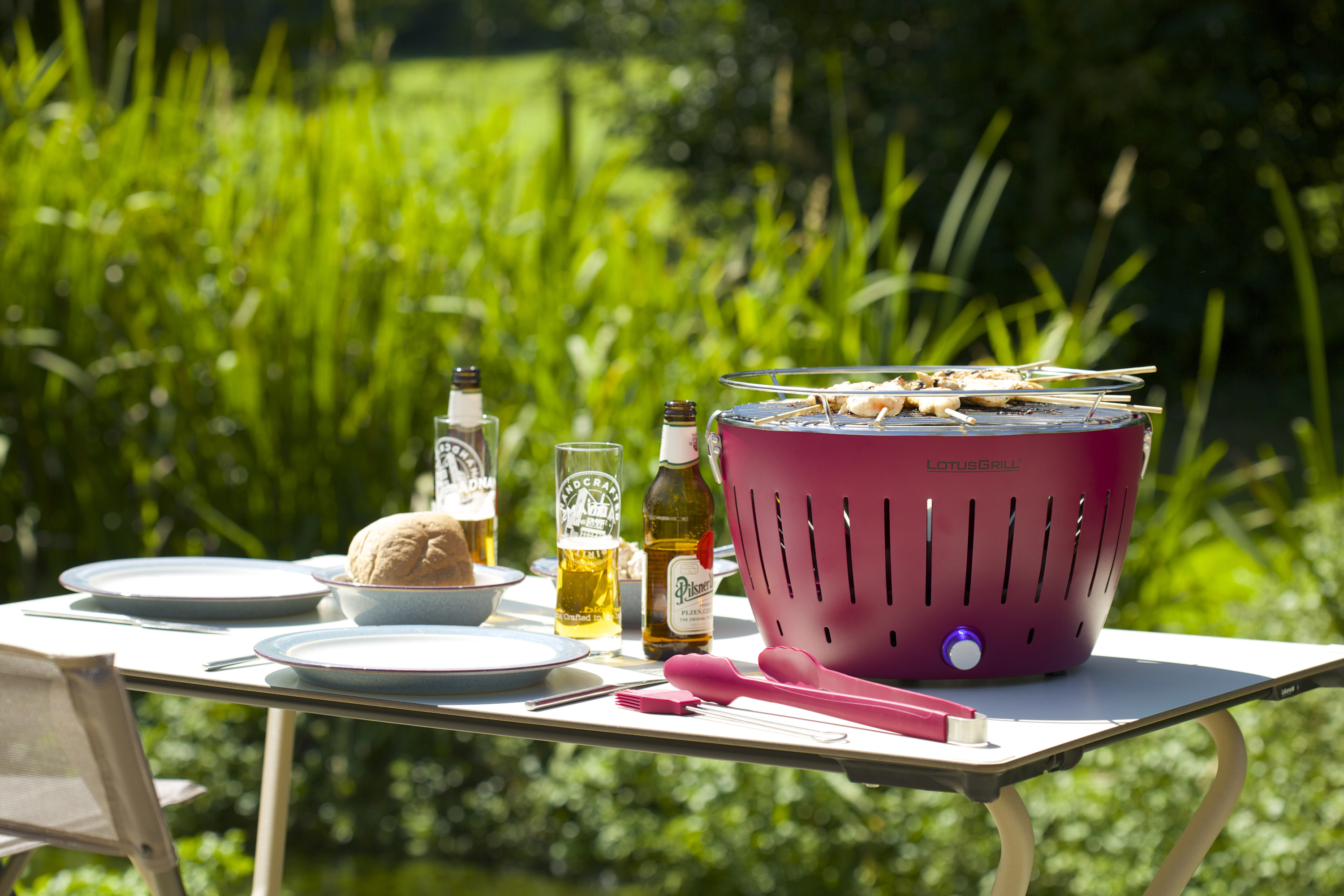
How to BBQ with charcoal
There's some skill to barbecuing on charcoal and learning how to light a barbecue, but the most important ways to ensure the results are perfect are:
- Prep the barbecue by cleaning out any old ask, removing the grate, and opening the bottom vents. This allows air to circulate around the charcoal, which will help you get an even, strong burning barbecue.
- Use the right amount of charcoal: the more charcoal you use, the tighter you pack it, the hotter your fire will be and the longer it will burn. Cooking a couple of burgers or sausages? You can get away with 15 to 20 coals. Searing steak? You'll need twice as much. Hosting a party? Scale the coals up per person, working with around five to 10 pieces of coal per piece of meat.
- Wait until the charcoal is covered with white-grey ash before cooking. This should take up to 30 minutes.
- There should be no smoke; if there is, the coals aren't ready.
- Get a barbecue temperature gauge to ensure your barbecue retains the right amount of heat. You're looking for at least 107ºC+ (225ºF).
- Control a charcoal barbecue's temperature with the vents: you can reduce heat, slow down cooking or lengthen cooking time, by closing down the vents almost completely (never do so completely or the fire may go out); opening the vents will create a fiercer, faster heat.
- Season the BBQ grill when it's cold. Use a high heat cooking oil, wipe off any excess with kitchen roll and you're ready to go.
How to use a barbecue chimney starter?
Hate the taste of lighter fluid on your barbecued food? A charcoal barbecue chimney starter is an upright metal tube that lets you start your coals with just some sheets of newspaper and a match. If you barbecue for a crowd (more on that later) on a regular basis, choose the largest chimney starter (available on Amazon) you can find. Its large capacity will hold enough briquettes for a 57cm diameter kettle grill. It's constructed from aluminized steel and has stay-cool thermoplastic handles.
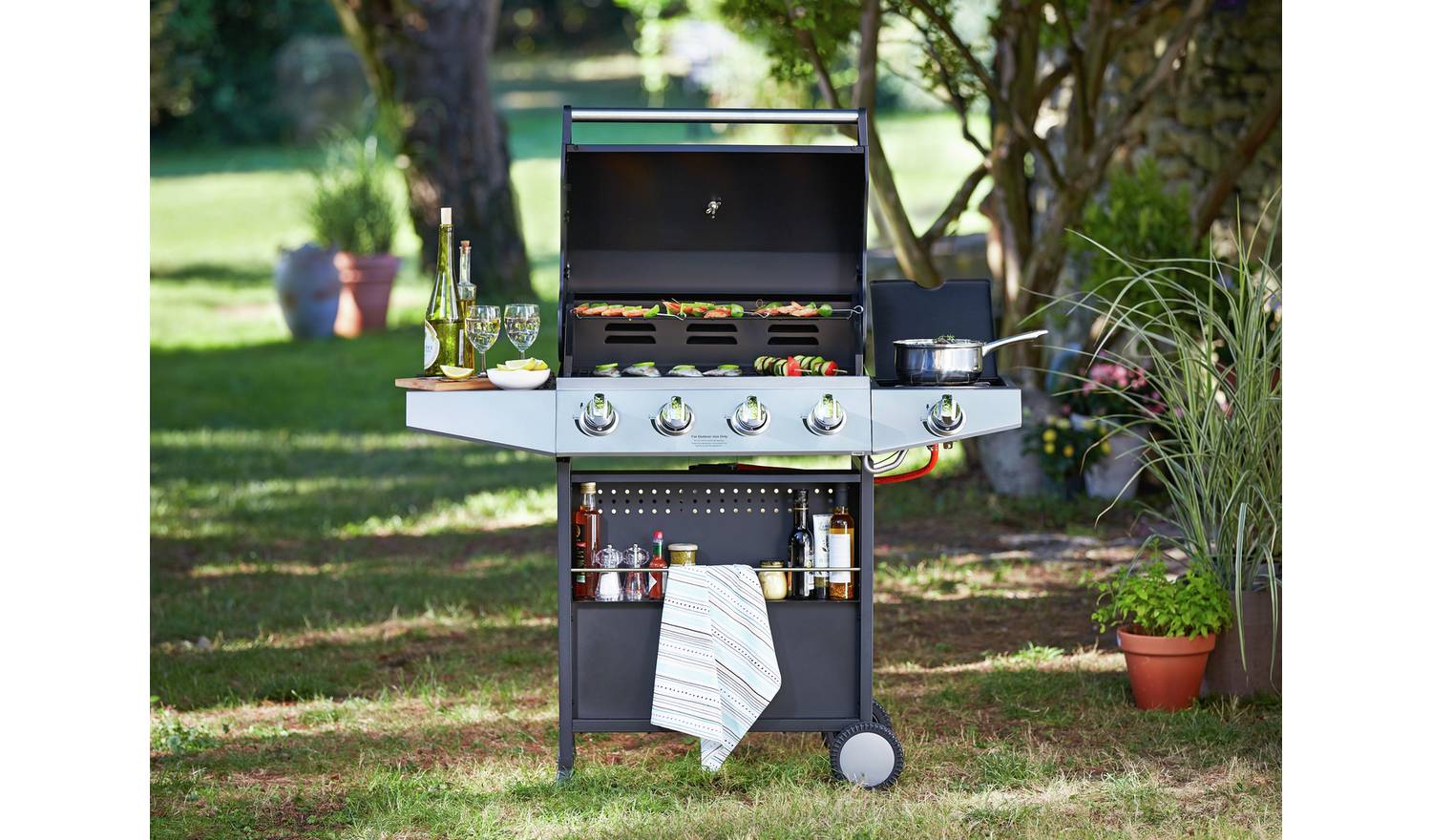
How to BBQ with gas
- Keep the lid open when lighting a gas barbecue. Safety first! If it is windy, make a shield to hold up while you light it.
- Allow the grill to heat up for at least 10 minutes. Once you've lit your first burner, turn on the others. This will allow the grill to heat up properly and will burn off any food and grease left over from last time.
- If it's smoking, it's not ready – so allow that grease to burn off properly first.
- Turn down the heat and get ready to cook.
- Control heat further – if your gas grill is too hot and you can't close vents or turn down the burners further, trying reducing the amount of gas on the propane tank itself. Also, keep the lid open to allow some of the heat to escape.
BBQ smokers: how to use a smoker grill
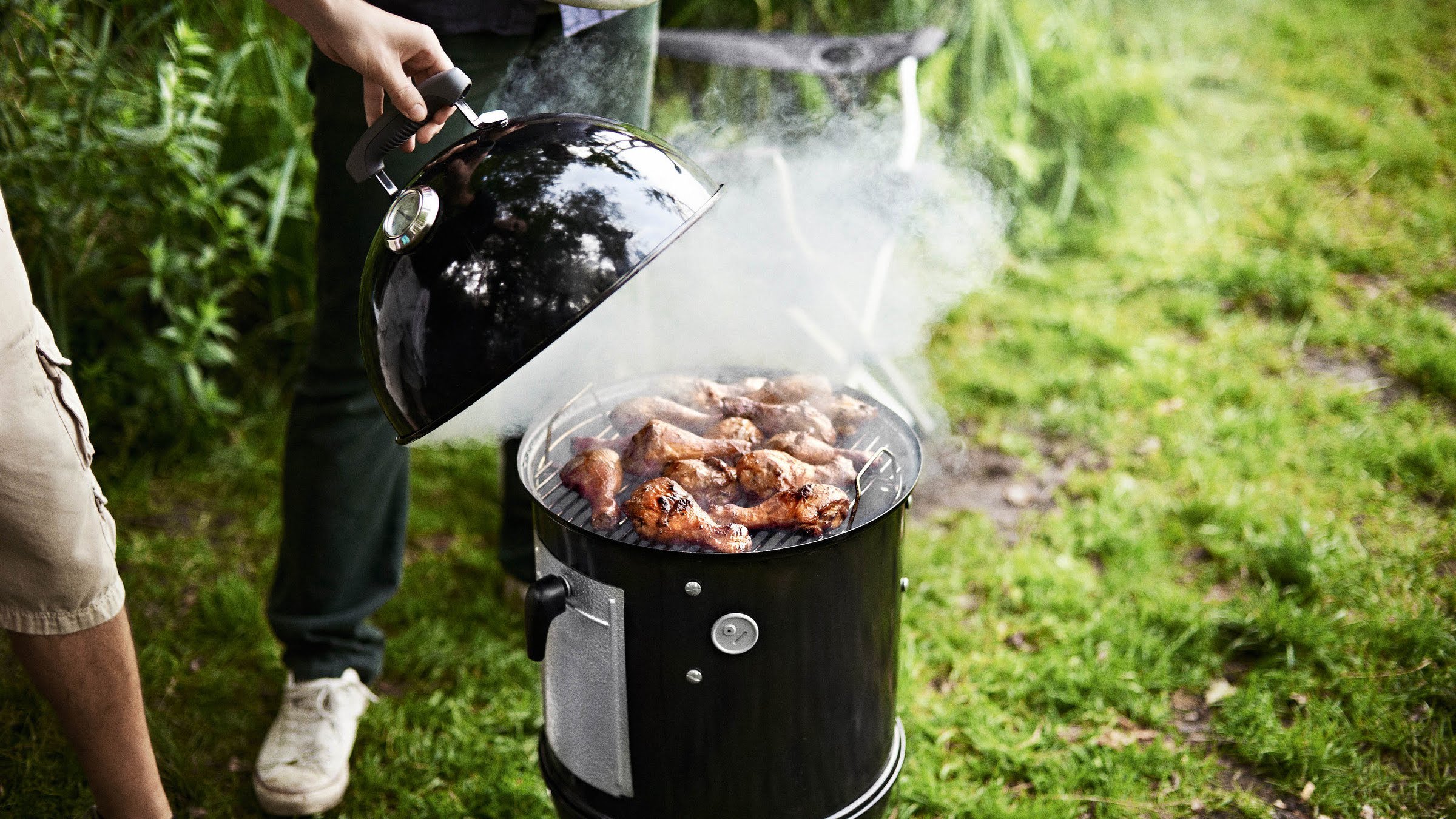
Smoker grills are ideal for cooking food at lower temperatures, meaning you get gentler, slower cooking over a longer time, and incredibly crispy on the outside, tender on the inside meat.
Find the best smoker grills in our buyer's guide.
Here is how to cook on one:
- Put cold meat in the smoker: straight from the fridge will absorb the smoke better than room temperature meat.
- Use the smoker's vents to control heat – open them before adding fuel, and adjust them when the smoker heats up.
- Use a chimney starter to fire up your smoker grill.
- Use wood for flavour – but as a supplement fuel not the main fuel. Large pieces of wood will burn more slowly than kindling, and put them to the side of the fire, not on top to infuse.
- Put a pan of water on the grate; this helps keep the meat juicy.
- Wait until it reaches slow cook temperatures – around 107ºC (225°F).
- Keep the doors closed as much as possible: opening them regularly allows the much-needed smoke to escape.
BBQ party: how to cook for a crowd
Barbecue parties are a summer must, and even a middle-sized BBQ can cope with cooking for a crowd. The upside to barbecuing for lots of people is that you can prep all the side dishes – from potato salad to green salads to coleslaw – well in advance, leaving only the meat to cook when your guests arrive. If you love cooking outside, exploring bbq area ideas that will accommodate both your barbie and your party is a must.
In terms of the cooking itself, following these rules:
- Use a smoker grill to slow cook for a crowd. That way, you can get the meat on well in advance of guests arriving. It's also a more economical approach and very low maintenance – no flipping burgers!
- Buy aluminium foil tins and containers or have plenty of large oven-proof platters handy. That way, as individual pieces of meat, from sausages to burgers, are cooked, you can transfer them to the tins and cover them with foil to keep them warm at the side of the grill (or on a low heat in the oven).
- Use the upper rack to keep cooked meat warm but to stop it cooking.
- Keep the crowd away from the barbecue: you need air to circulate or the meat will steam and toughen.
- Limit the amount of meat on the grill – crowding the BBQ will cause an excess of fat to drip on to the flames, causing flare ups.
- Cook in order – while the BBQ is at its hottest, cook the meat that can stand high heats and then sitting (steaks or burgers are a good example). It's never a bad idea to get sausages and chicken started in the oven then finish them off on the barbecue. This will ensure they're cooked through safely.
- Stay by the barbecue – if you get distracted you'll return to burnt burgers.
- Buy too much meat and too many buns – they can always be frozen if they're not eaten, but no one wants to go home hungry.
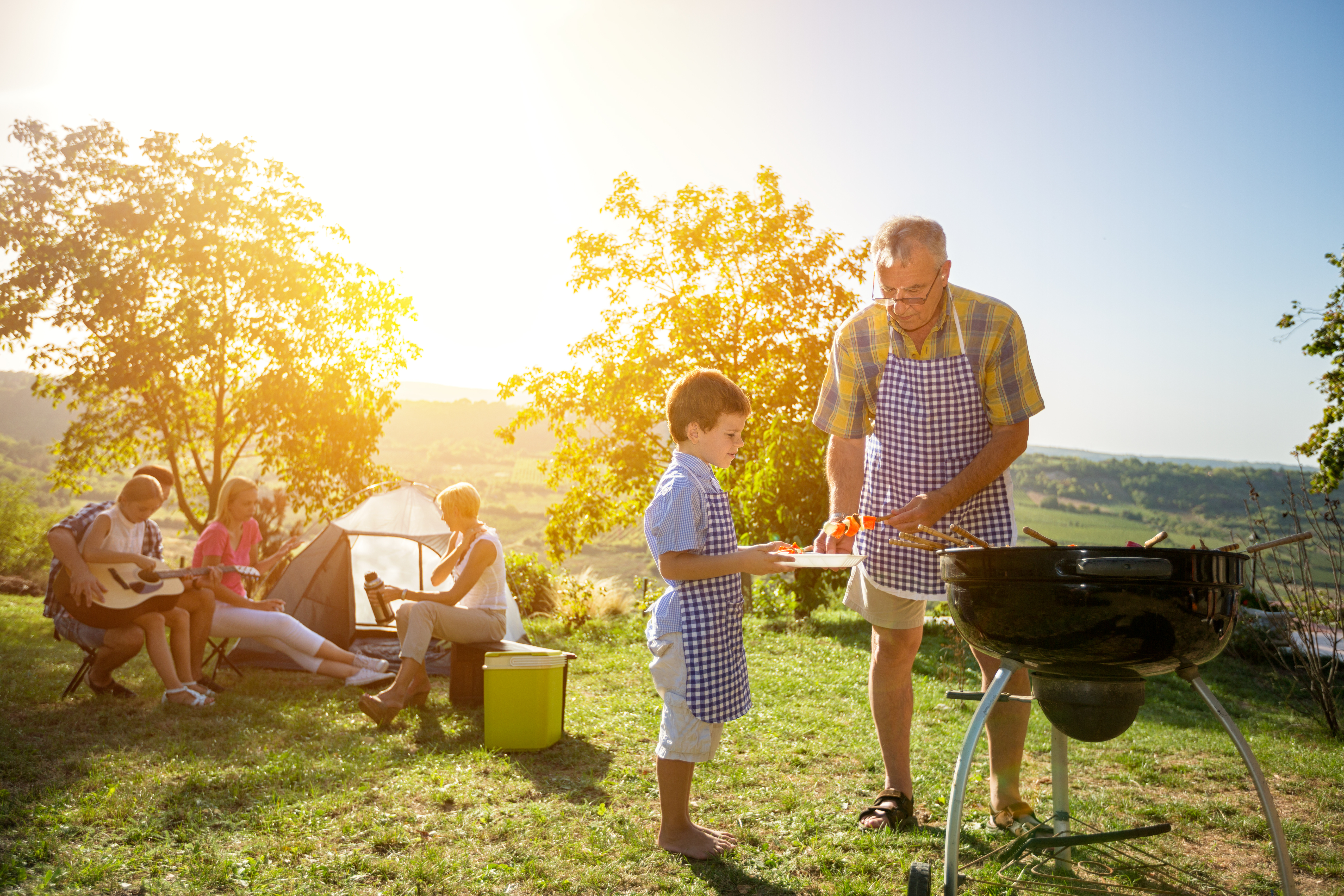
Why is my charcoal barbecue not lighting/not staying hot?
According to Eudell Watts, 'One of the tougher things to master when barbecuing with charcoal is how to regulate the top and bottom dampers for optimal airflow. Air is the fuel that allows charcoal to burn. The top damper serves as an exhaust for hot air, smoke, and gasses, the bottom damper regulates the amount of air/fuel that is allowed to enter. It is just as important to pay attention to the exhaust, as it is the inflow.
'You might have the inflow restricted down to a minimum, but the exhaust wide open. This creates a bit of a vacuum which aggressively pulls air in through the restricted intake much faster than you might have thought. If your intent is “slow and low”, you might need that exhaust choked down a bit to ensure a more lazy burn!
'Learning to balance the two dampers to achieve a steady temperature, at the desired level is critical to success.'
Is it better to grill with the lid open or closed?
Open, for sure. Closing the grill lid means you can't see what's happening and, paradoxically, you can end up overcooking and drying out your food. You can also completely burn it and not even notice. It's different if you're using a smoker, which will operate at a lower temperature and is infusing your food with smoke rather than searing or chargrilling it. Go ahead and close the lid on your smoker, especially if the instruction manual tells you to.
BBQ accessories: choosing the best tools to cook with
The best barbecue tools include long-handled tongs, a fork and spatula. However, use the fork sparingly – if you pierce the meat it will leak its juices. Ideally, use the tongs as your main tool. Other BBQ tools you may find handy include a long-handled basting brush, a temperature gauge, a stiff wire grill brush and it never hurts to have a fire extinguisher handy. Barbecuing at night? A flashlight or head torch will be handy.
How to barbecue meat, fish and even pizza
Just like when you're cooking in the kitchen, what you put on your barbecue grill needs different temperatures, cooking times and cooking techniques to produce great results.
Bear in mind that, in general, when the barbecue lid or hood is closed, the cooking will be faster than if it's open; and, if the meat is thicker, it will need to be cooked for longer. If in doubt, and unless you're slow cooking in a smoker or are cooking delicate foods, such as fish, it's usually best to barbecue with the lid open, whether you're cooking on charcoal or gas.
We all know how to cook burgers and hot dogs, right? But other meats can be more tricky. As a general rule, fish will need a medium heat (around 390ºF–410ºF/200ºC–210ºC), while steak needs a high heat (700ºF/375ºC+). Use your barbecue's temperature gauge to ensure your BBQ is at the right temperature before you start to cook.
Hot tip? Never press down on barbecue meat with your spatula while cooking; doing so squeezes out the juices that keep the meat tasty and tender.
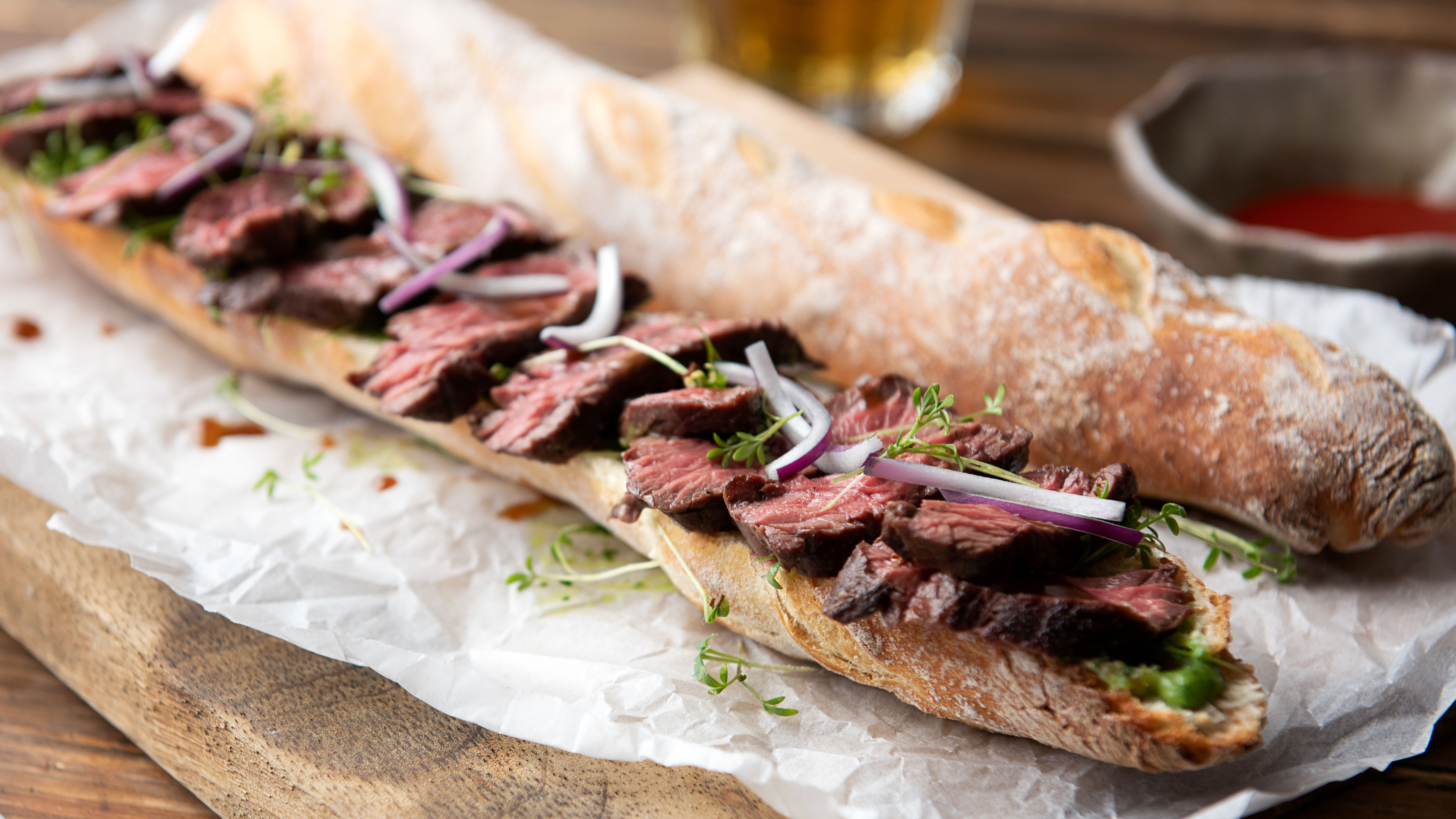
How to BBQ steak
Steak needs a hot barbecue, but the exact temperature will vary depending on the cut of meat (the more marbling the better for barbecuing) and how you like your steak cooked.
Start by cooling steaks (thinner ones in particular) in the fridge. It shouldn't be frozen but it should be firm and cold; this will help you achieve the ideal cooking result: you want to char the outside of the steak but keep the inside juicy and if it's cold it will take longer to over-cook inside.
Put the cold, seasoned steak on the grill. Initially it will stick, but leave it for a couple of minutes and it will loosen off. Then flip it and repeat on the other side. Move the steak off the heat to cool a little – this will make it tenderise.
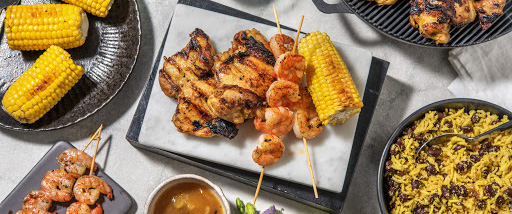
How to BBQ chicken thighs
Chicken thighs need a medium/hot barbecue. Why thighs? They're a fatty part of the chicken (or fatty-ish), which means they're the best part to cook on a barbecue.
Start by bringing the chicken thighs close to room temperature, season them and put them on the grill, skin side down, closing the lid for around 15 minutes. Allow it to brown on the first side before you flip it and cook for another 10 to 15 minutes. Again, the meat will stick to the grill to start with but will loosen, so be patient or the skin will pull away if you turn it too early.
Now open the lid and cook on direct heat for the last 10 minutes, five minutes on each side. This will crisp the skin nicely.
Bear in mind that it takes longer to cook chicken (or any meat) with bones in, so give thighs and legs longer (around 30 to 40 minutes) than breasts or wings. Use your food thermometer to check the chicken is cooked inside (it should have reached 165ºF/75ºC).
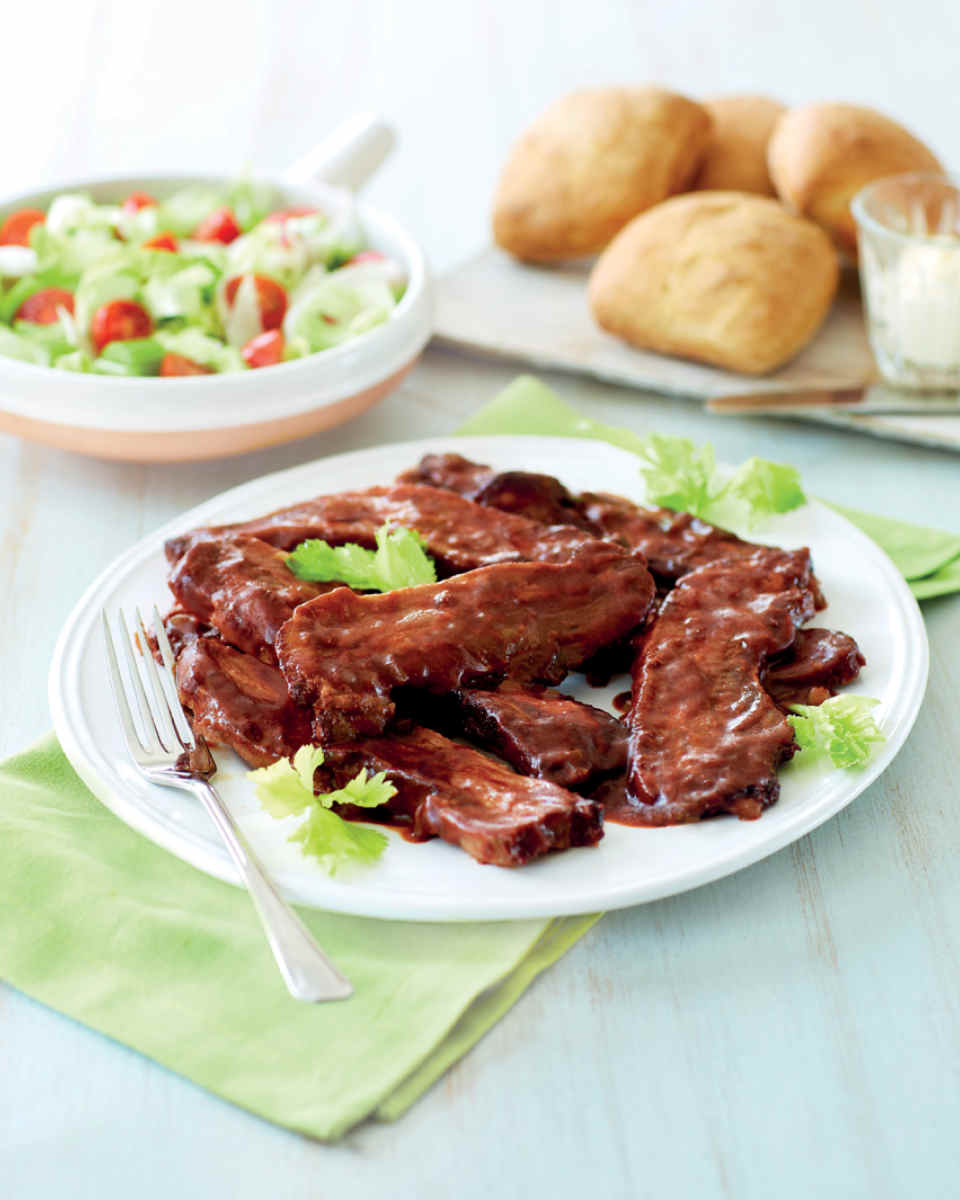
How to BBQ chops
Pork and lamb chops need a medium/hot barbecue.
Start by bringing them to a cool room temperature, season and put them on the grill. Shut the lid. Flip when the meat has released from the grill – it'll need upwards of four minutes on each side, depending on the thickness of the chops (allow around 10 minutes each side for doorstep chops). Use your thermometer to check that pork is cooked through: it should be around 150ºF/65ºC ideally; below 140ºF/60ºC and you risk poisoning your guests, over 158ºF/70ºC and the meat will be tough. Open the lid briefly to give your chops that chargrilled, just crispy finish.
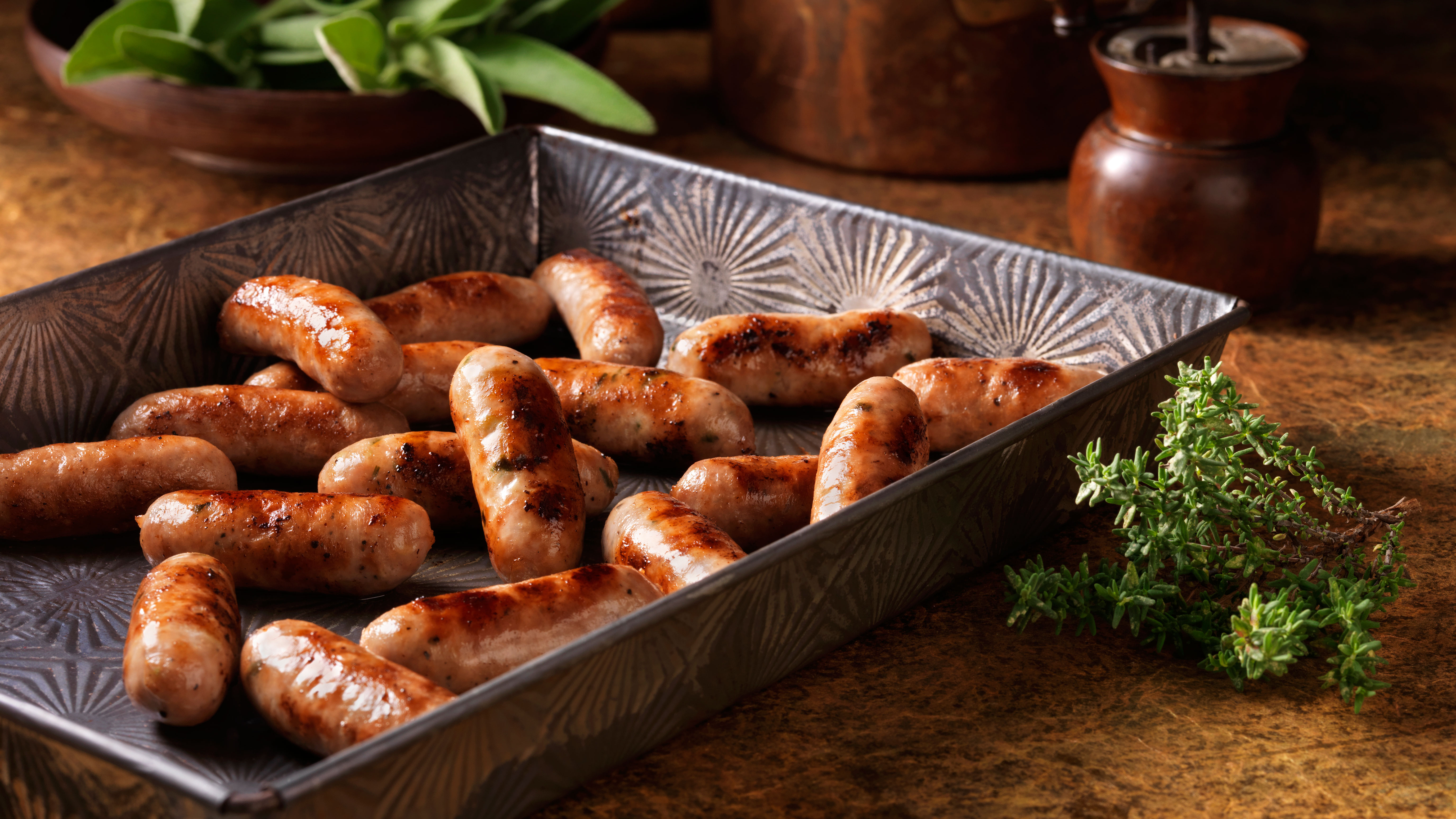
How to BBQ sausages
Follow the instructions above for pork chops as they need cooking to the same temperature.
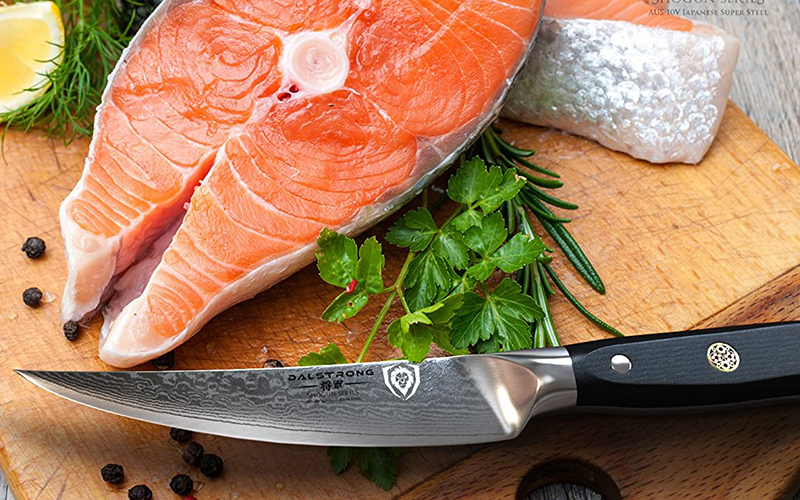
How to BBQ salmon
For salmon, you need a minimum fire.
Start by getting your salmon close to room temperature, coat it lightly with oil, then season it. Put it on the grill and give it a couple of minutes for the meat to loosen – removing it too early will rip the fillet and you won't get that great grilled look. Once it loosens, flip the salmon carefully. You can check the salmon is cooked by trying to break it apart with a fork. If it flakes, it's ready. If it doesn't, cook for longer. It should take no more than three minutes per side, but give it longer if you don't like salmon pink inside.
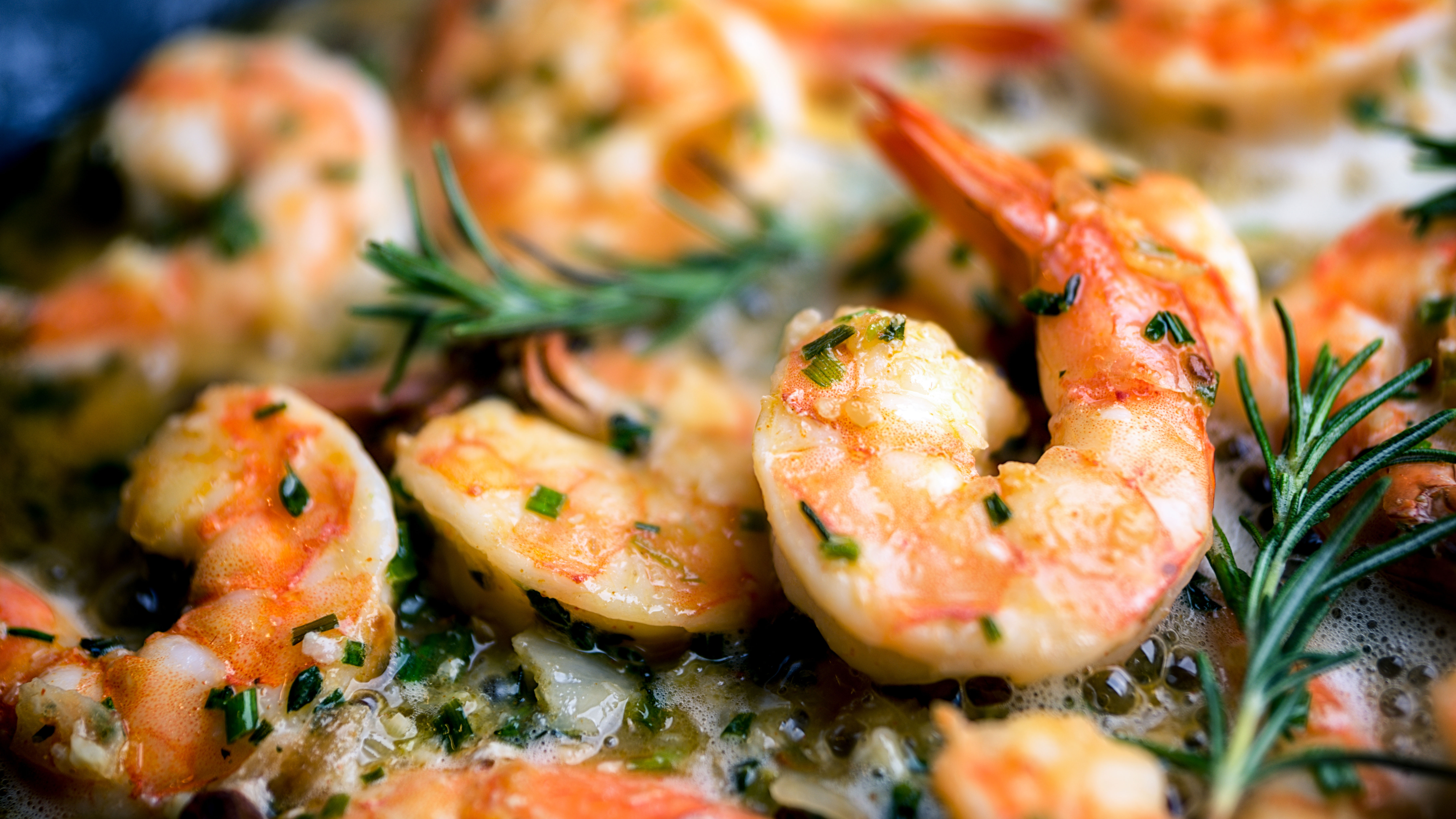
How to BBQ a lobster tail or shrimp
Yeah, we know it's not something you'll do all the time, but it's great to know how to barbecue a lobster tail for that special occasion. Lobster needs a direct, medium heat.
First cut the shell towards the tail (but not beyond it) with kitchen shears, then split the lobster meat with a sharp knife along the shell cut line. Don't cut all the way through. Now rub the meat with olive oil and season.
Place the lobster flesh side down for five or six minutes, then flip over for another five minutes. If you want to baste the lobster, do this next.
Follow the same instructions for large shrimp.
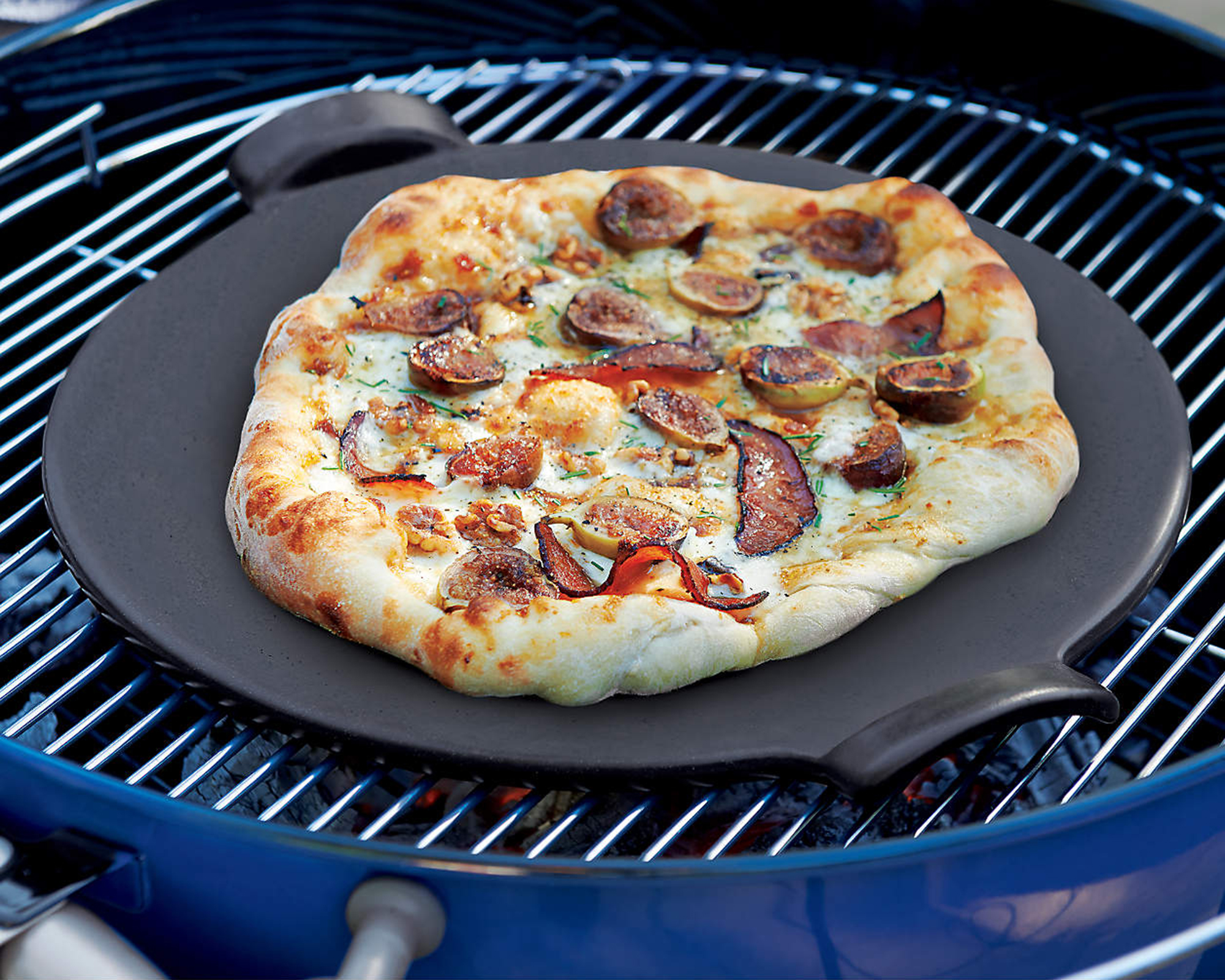
How to BBQ pizza
Yes! You can barbecue pizza. You'll need dough rounds, which you can buy ready-made or make yourself at home. Shape and lightly oil, then put straight onto a lightly oiled grill on low to medium heat.
Grill the dough for a couple of minutes on each side until they look golden brown. Remove to a plate and add your toppings, leaving a couple of centimeters without topping around the edges. Put the pizza back on the barbecue, close the lid and allow three to five minutes for the toppings to cook.
You may want to also investigate outdoor pizza ovens – after all, they are designed especially for pizza fans.
Join our newsletter
Get small space home decor ideas, celeb inspiration, DIY tips and more, straight to your inbox!
Lucy is Global Editor-in-Chief of Homes & Gardens having worked on numerous interiors and property titles. She was founding Editor of Channel 4’s 4Homes magazine, was Associate Editor at Ideal Home, before becoming Editor-in-Chief of Realhomes.com in 2018 then moving to Homes & Gardens in 2021. She has also written for Huffington Post, AOL, UKTV, MSN, House Beautiful, Good Homes, and many women’s titles. Find her writing about everything from buying and selling property, self build, DIY, design and consumer issues to gardening.
-
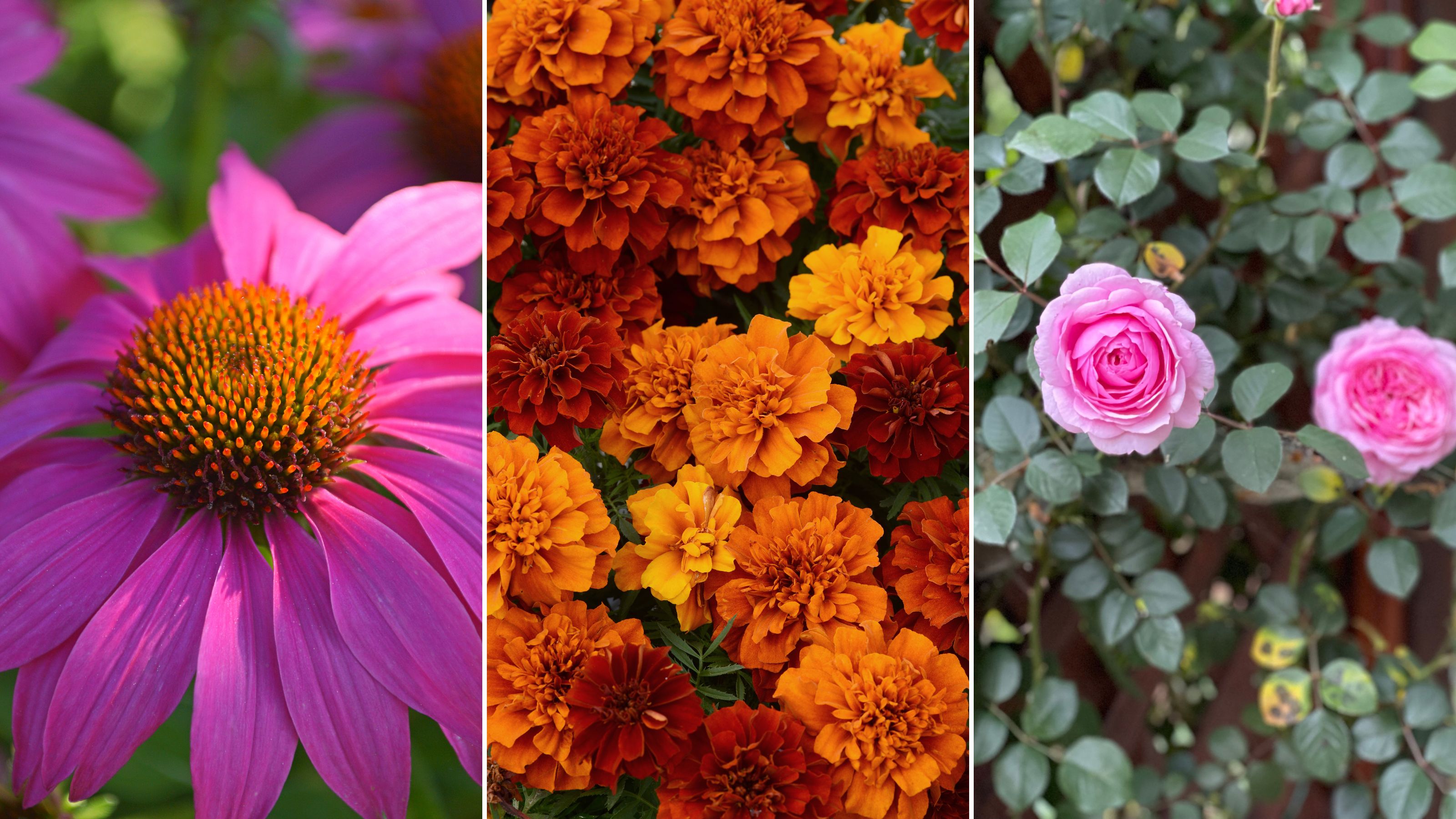 The 7 flowers to plant in August, according to gardening gurus
The 7 flowers to plant in August, according to gardening gurusKnowing what flowers to plant in August isn't always so clear-cut. But that's why we called in help from pro planters — here's what they said to pot.
By Becks Shepherd Published
-
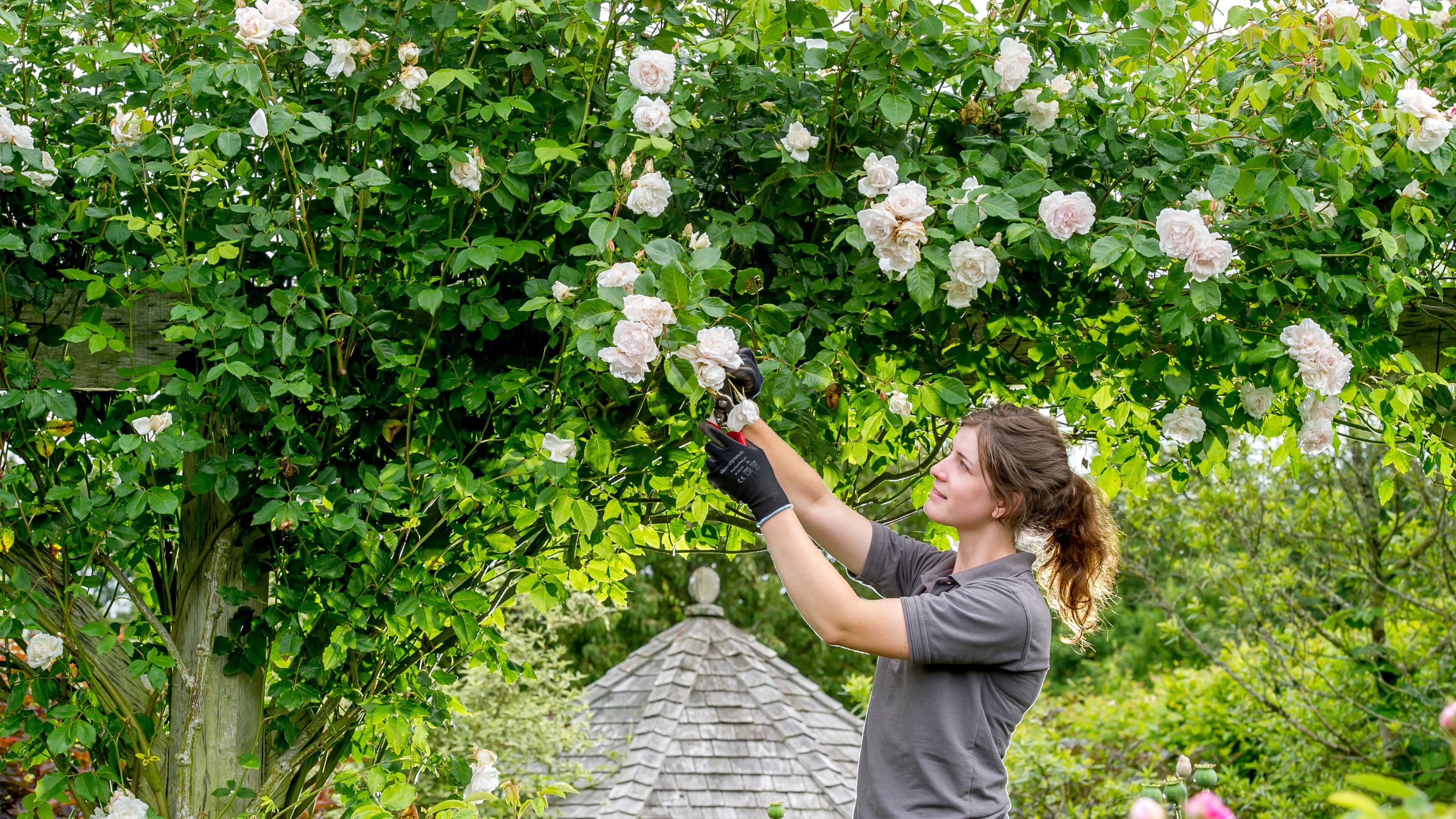 The 7 plants to prune in August — and the 2 pieces of greenery you shouldn't touch
The 7 plants to prune in August — and the 2 pieces of greenery you shouldn't touchWondering what plants to prune in August? We asked a gardening expert for their top tips plus info on what pieces of greenery to avoid pruning this month
By Becks Shepherd Published
-
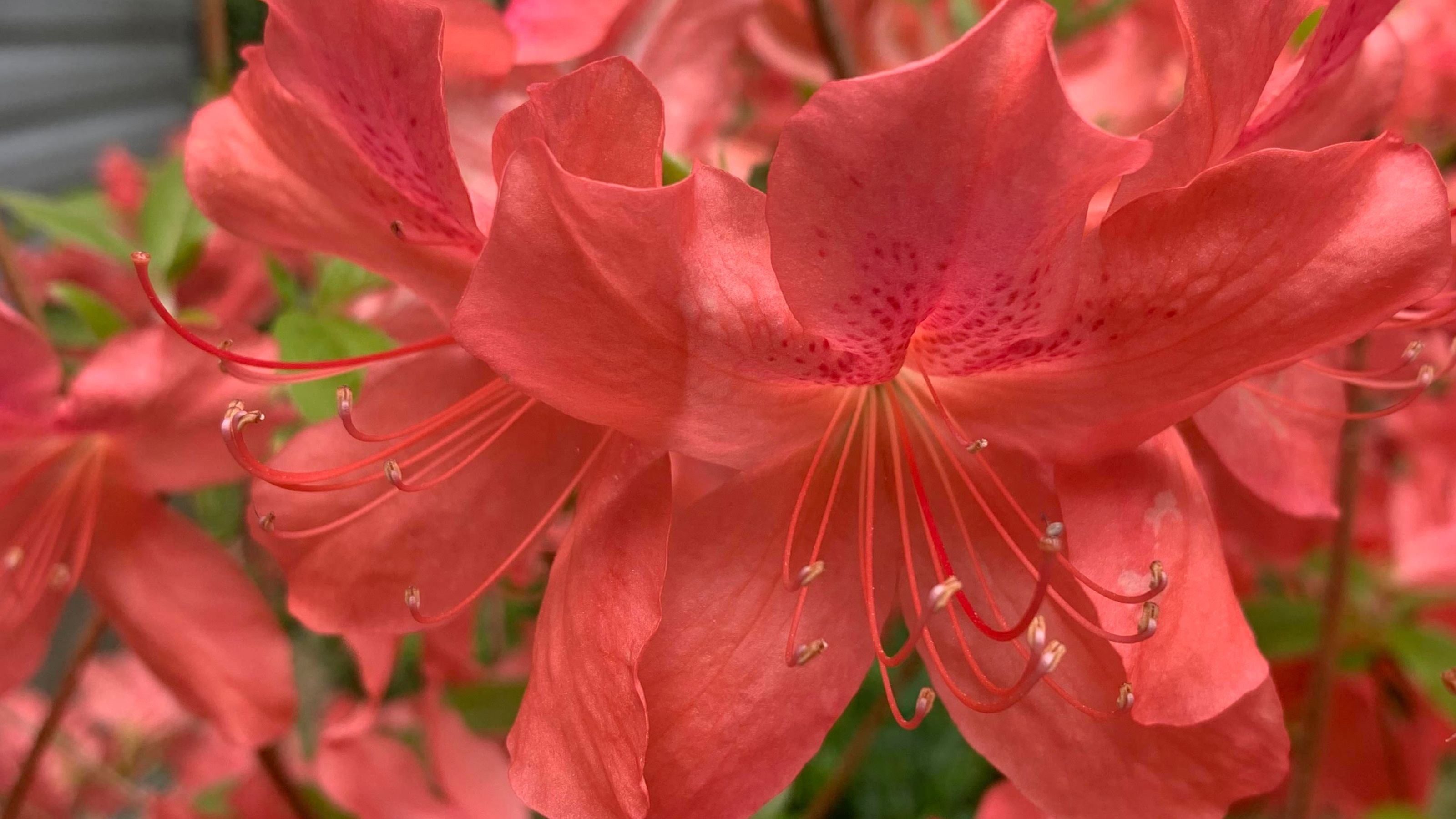 Do you need to deadhead azaleas? Top tips for pruning these flowering shrubs
Do you need to deadhead azaleas? Top tips for pruning these flowering shrubsWondering whether you need to deadhead azaleas? We asked a gardening expert for their top tips for looking after these blooms
By Becks Shepherd Published
-
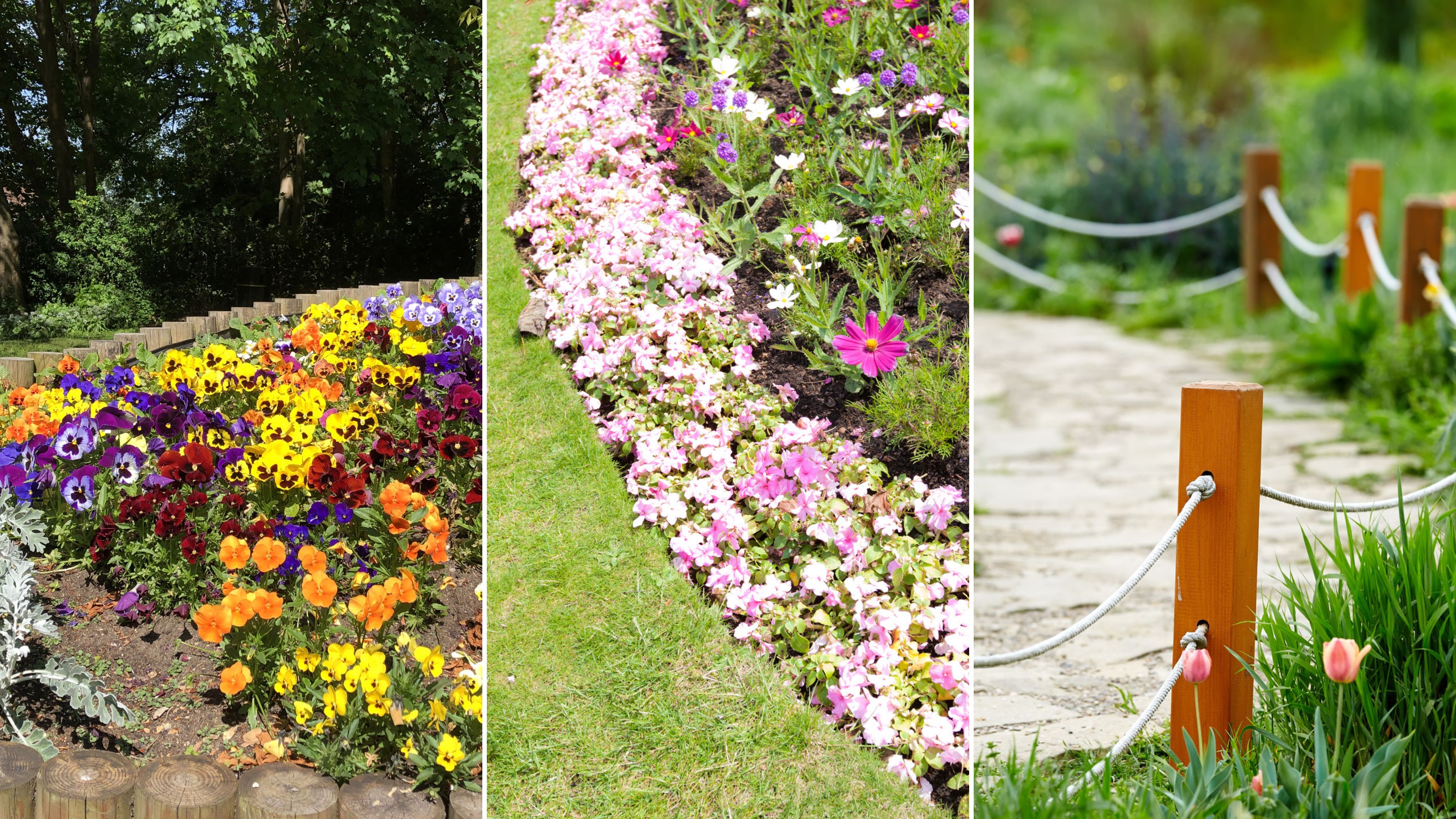 14 lawn edging ideas that will add definition and style to your backyard
14 lawn edging ideas that will add definition and style to your backyardWant to neaten up your lawn with lawn edging ideas? From fresh flowers to laidback bricks, we've scouted out materials and styles that look brilliant
By Eve Smallman Published
-
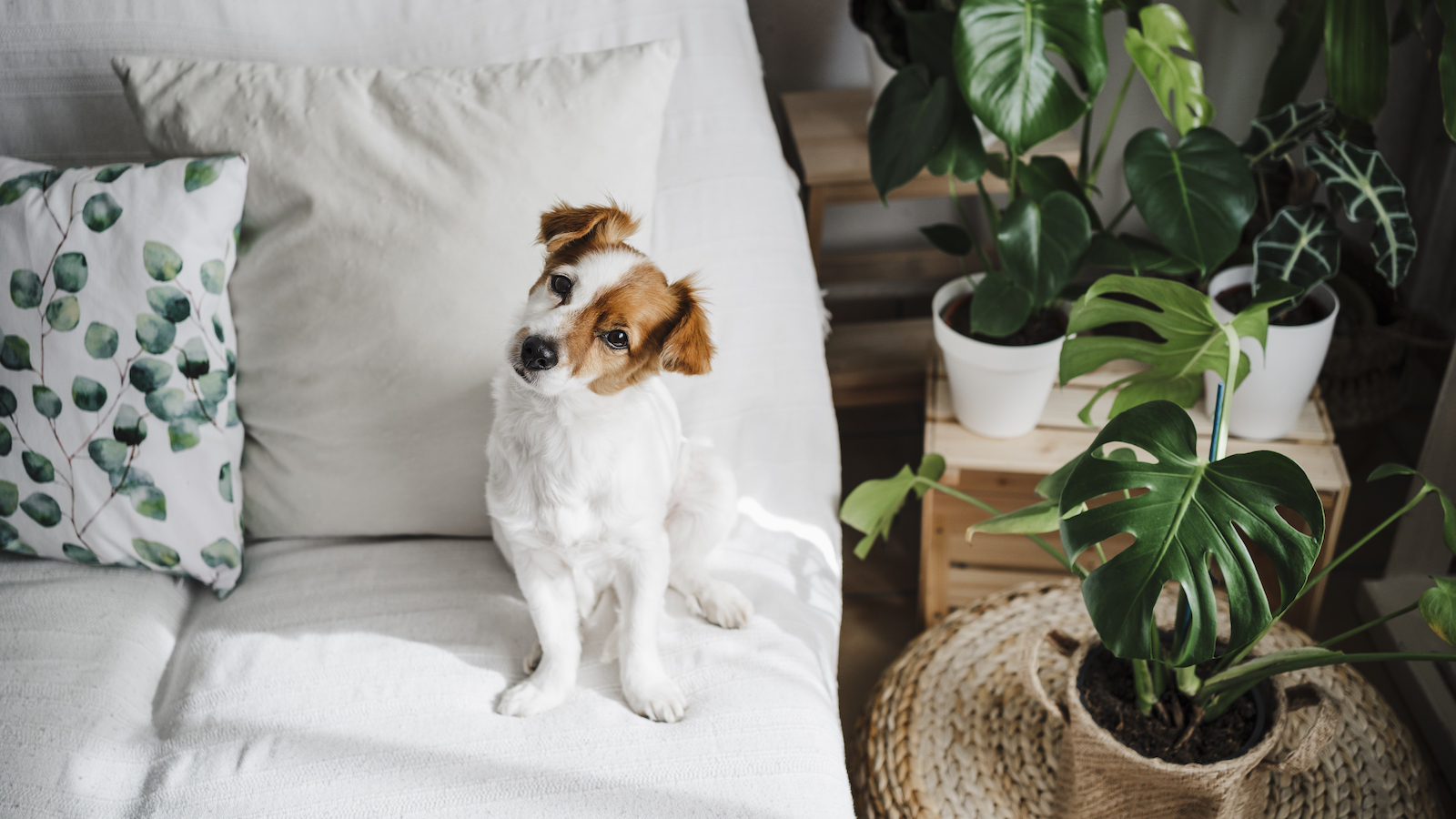 Which houseplants are toxic to dogs? Vet experts pinpoint problem plants and solutions
Which houseplants are toxic to dogs? Vet experts pinpoint problem plants and solutionsWondering Which houseplants are toxic to dogs? We spoke to vets about the problematic leafy greens, what they trigger in dogs, and how to find a solution
By Danielle Valente Published
-
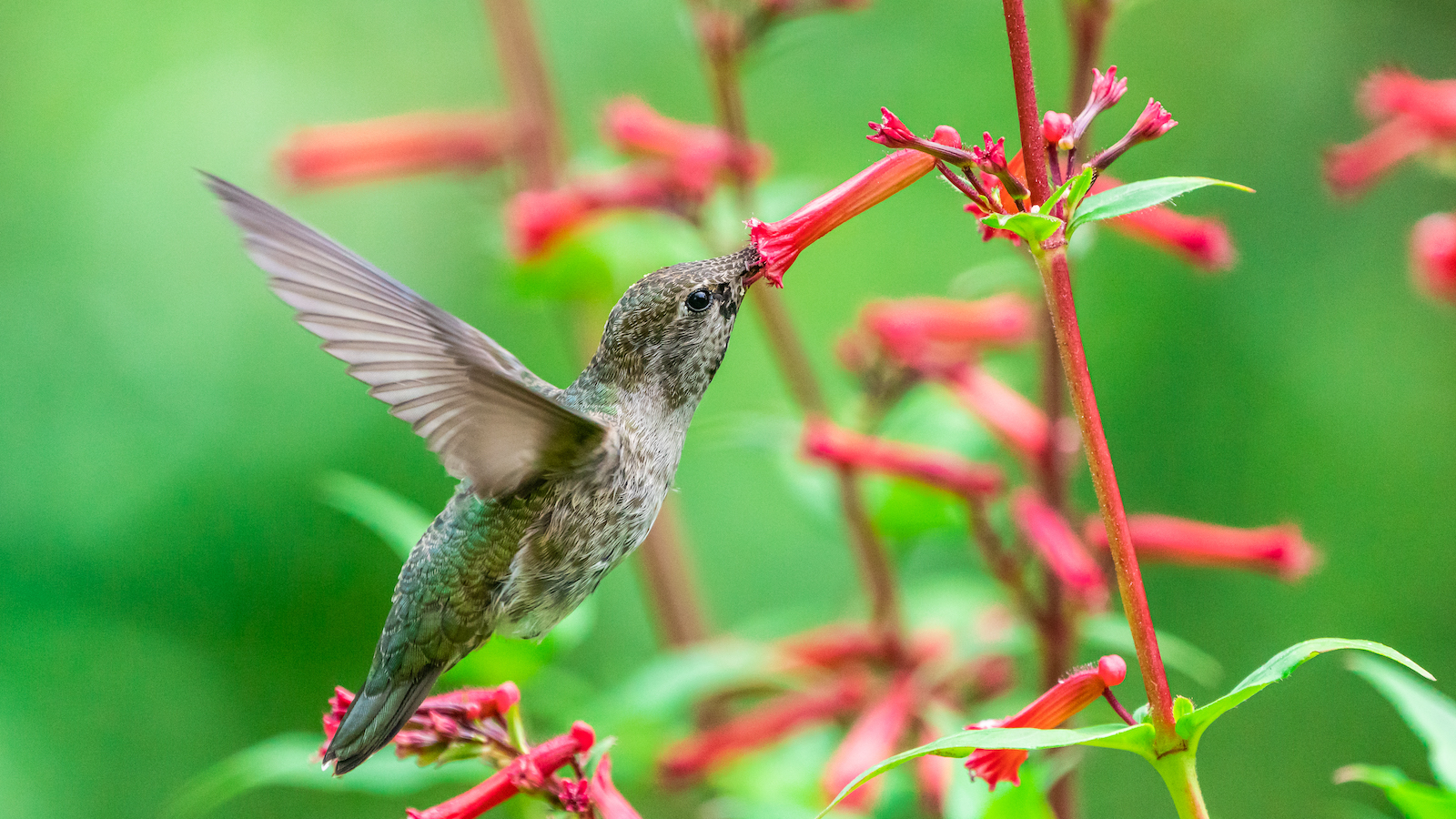 How to attract hummingbirds to your backyard, according to ornithologists
How to attract hummingbirds to your backyard, according to ornithologistsTrying to figure out How to attract hummingbirds to your backyard? These ornithologist-backed tips will guarantee you visitors in no time
By Danielle Valente Published
-
 Does hydrangea bloom every year? Pros spill the dirt on the "garden favorite" and when to expect it
Does hydrangea bloom every year? Pros spill the dirt on the "garden favorite" and when to expect itWondering, "Does hydrangea bloom every year"? We asked the pros all about the garden favorite and how often to expect them — here's the dirt.
By Danielle Valente Published
-
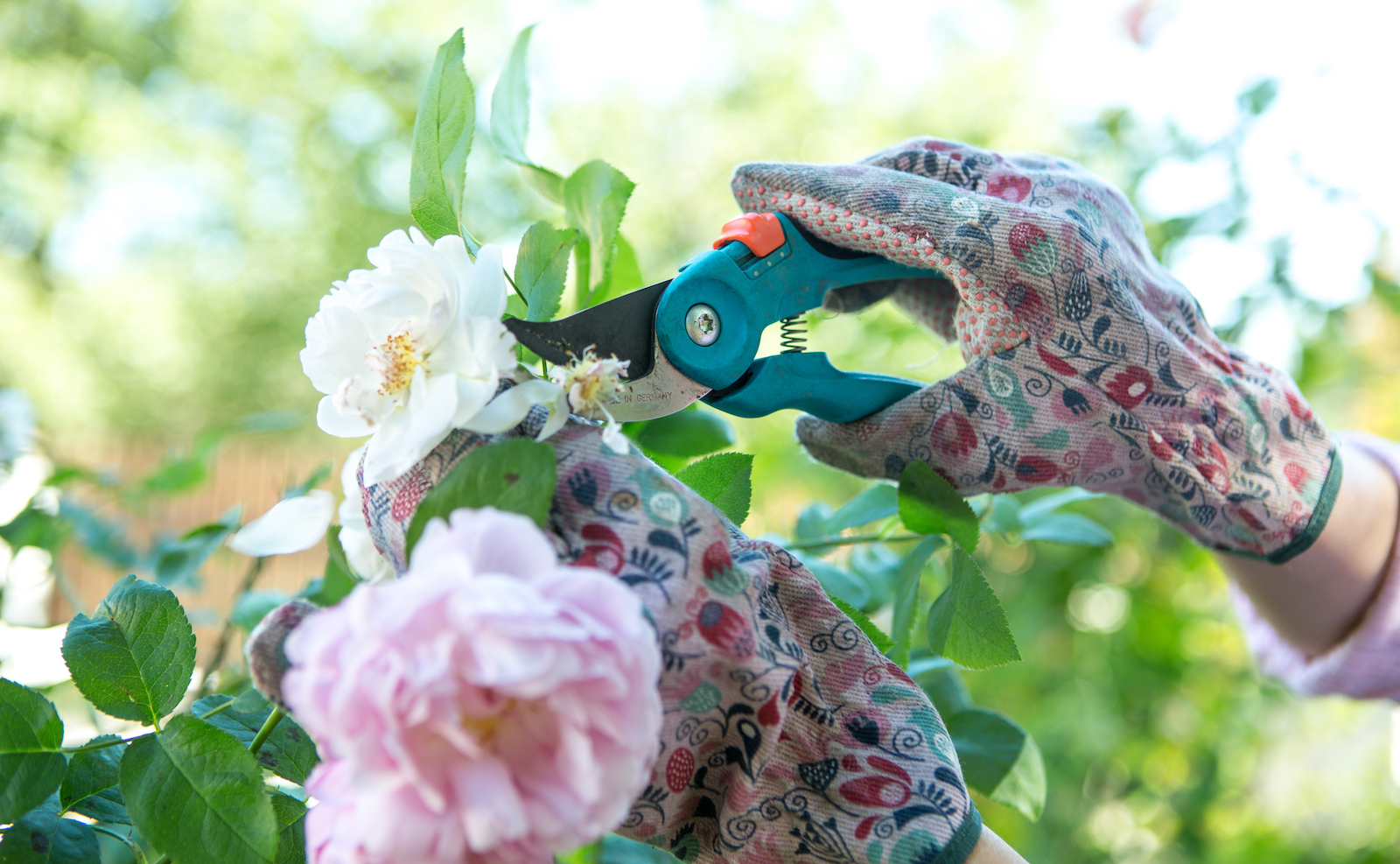 What to prune in spring — experts reveal how to get a lush, full garden
What to prune in spring — experts reveal how to get a lush, full gardenCurious what to prune in spring? We asked gardening experts for their top tips for a luscious, thriving garden
By Danielle Valente Published